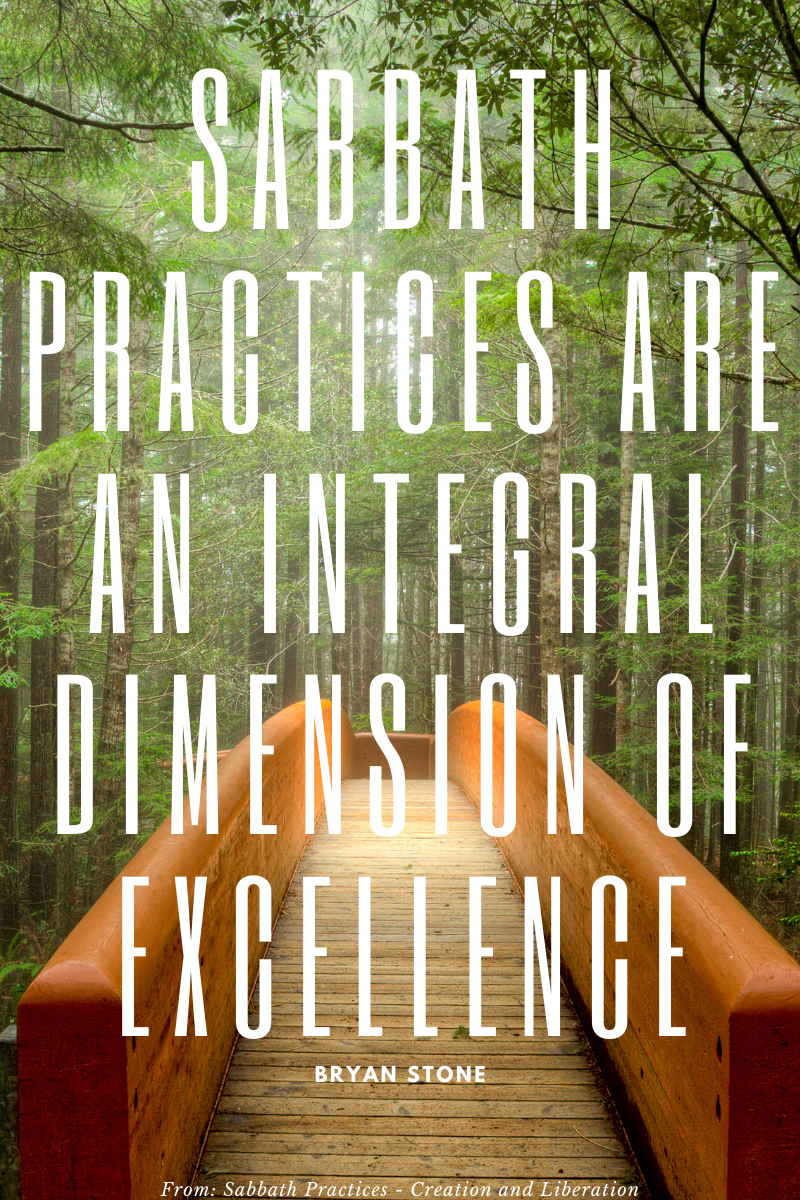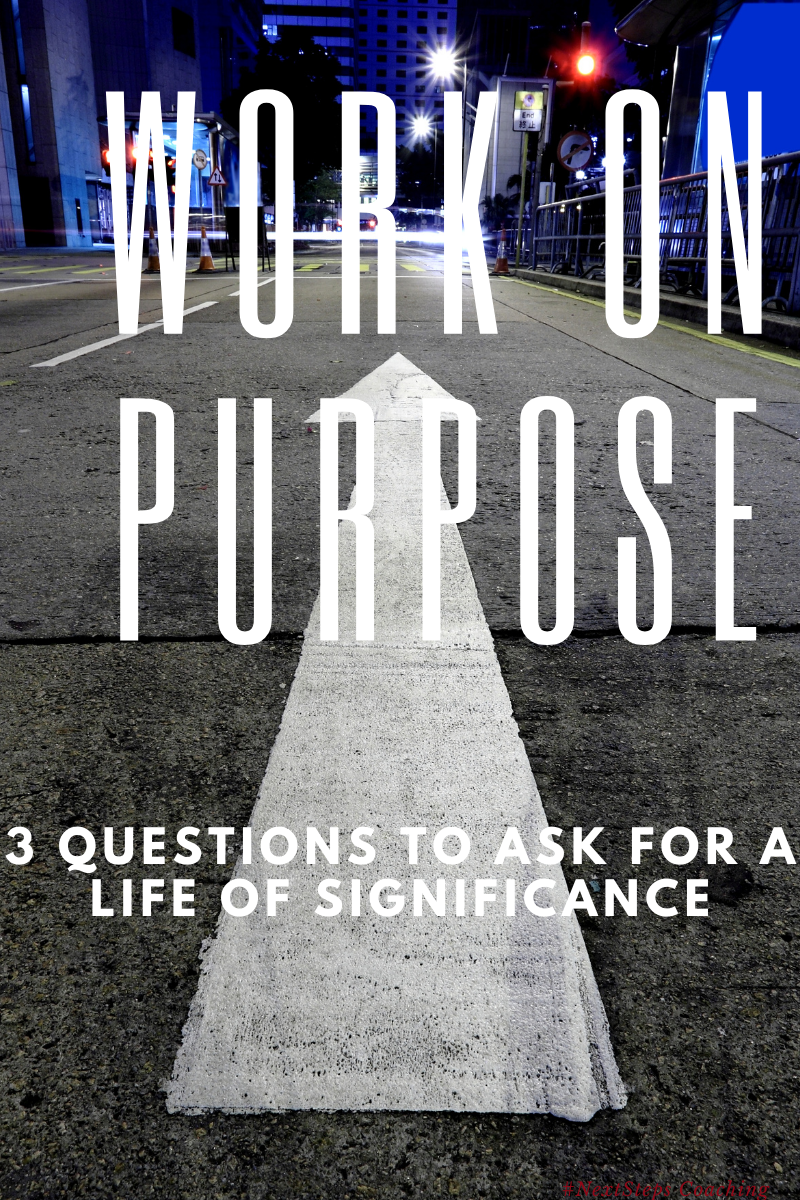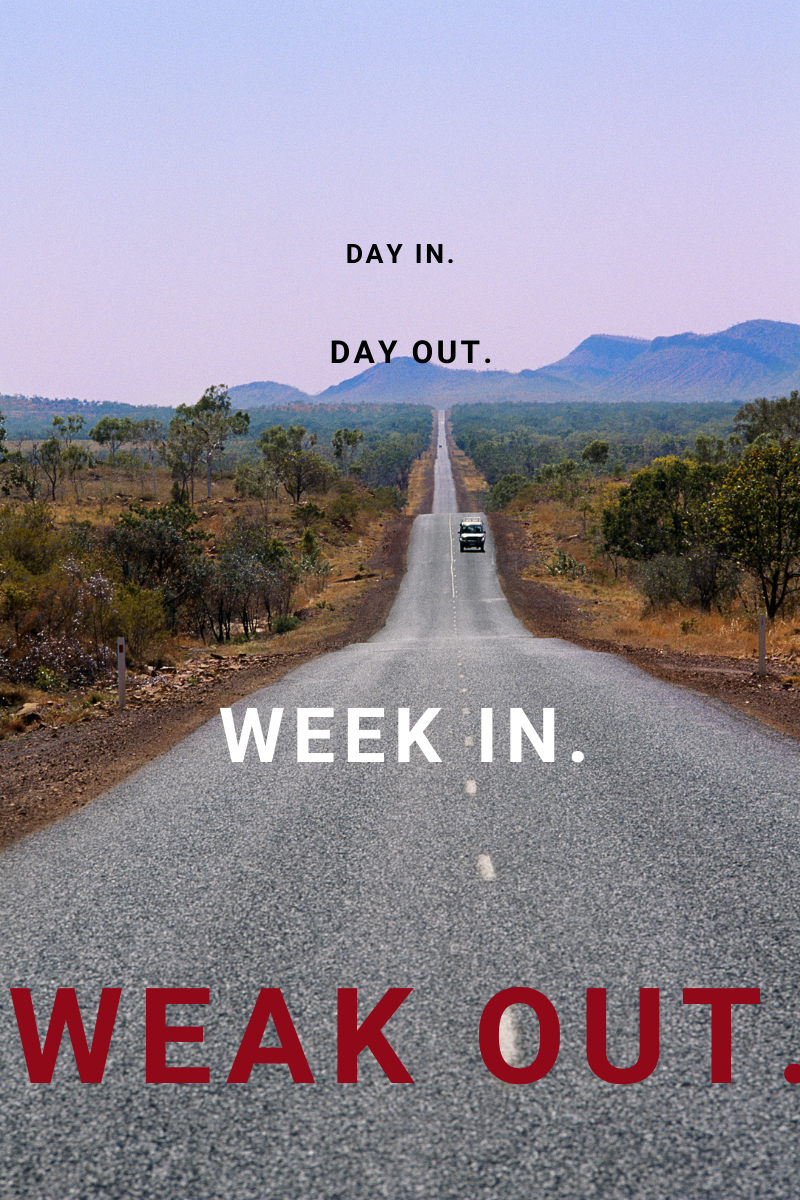
To truly transform your life, you must be willing to turn up the temperature on your relationships.
Cold-Blooded Animals
My wife teaches third grade and recently finished up a unit on cold-blooded animals. Throughout the unit, she reinforced the idea to the children that cold-blooded animals regulate their body temperature through external circumstances.
If the outside is cold, they are cold, and they have to find a way to warm up.
If the outside is warm, these animals are warm, and they need to go somewhere to cool off.
Humans, scientifically, are warm-blooded animals. We have an internal regulator device that helps keep us warm.
Unfortunately, when it comes to other areas of life, like relationships, humans tend to act cold-blooded.
Understanding External Circumstances
We, humans, are a funny bunch. We have this incredible ability to make up conflict and fear in our heads from perceived threats.
Raise your hand if you’ve ever lost sleep at night wondering what your coworker, friend, child, or significant thought of you.
*I’ll raise mine first.*
It’s a natural tendency. Our brains, uncontrolled, make up things for us to be afraid of. I’ve lost track of how many times I, or one of my clients, have feared a conversation they were going to have with another individual.
Inside of our own head, it usually goes something like this:
Oh now. I need to tell Samantha what happened last Friday at the meeting. I’ll be she’ll be upset. When she’s upset I’ll have to reassure her. I’ll start by letting her know I’ve already resubmitted the proposal. When she gets angry that I did that, I’ll tell her I was forced to. If she becomes irate, I’ll calm her down by …
The power of our brain can easily transform any situation into a quickly escalating argument of emotion.
We think fearfully. Because of this, we enter the situation fearfully. Finally, we unknowingly project that fearfulness on the other person. They sense that and respond out of fear. The cycle escalates. We think we proved our own instincts right.
The problem is that this really isn’t the case. This, from the example above, is a cold-blooded response. We feel as though we are victims of the circumstances around us. Unable to control the outcome, we give up the power to someone or something else to avoid personal responsibility.
The Warm-Blooded Response
There is another choice. It’s what I call the warm-blooded response. It is the internal regulation of circumstances and control.
Think of the thermostat in your living room. If a window is open to blow in a breeze and it gets too cool, the thermostat, ever in control, turns on the heater to warm the room up.
If warm air accumulates inside the room, the thermostat is still in control and turns on the air conditioning.
Either way, the thermostat controls the outside environment instead of letting the environment control it. 
We have the same power in our relationships.
Recently, I was working with a client who offers a public service. He has both his own service route and a warranty side to his company where he operates as an independent contractor for a large manufacturer.
It was time for his yearly review with the customer service director for the large manufacturer, a meeting that my client always hates. In the past, the meeting has not gone well, and the relationship with the manufacturing company is fractured.
Before his meeting, he called me to review some of the information he was going to present. Most of our time, however, was spent on his mindset. If he went into the phone call expecting negativity, he was sure to find it.
If however, he went in under the assumption that they wanted him to win, grow his business, and bless him, he’d find that as well. He committed himself to look positively at the situation and providing honesty and insight into the manufacturer’s warranty replacement policy that he worked under.
Right after the meeting, he called and said that it went extremely well. The representative heard him throughout the conversation, and he got amazing reviews from the company. They made some suggestions for improvements, and he now has a better relationship with this manufacturing company than he has had in years.
All because of his outlook.
Relational Health For Leadership Health
As we continue our look at seven areas of health that are vital to avoiding burnout, we must look at relationships. Our closest relationships can be both the source of burnout if done poorly and the greatest contributing factor to health if done properly.
So how do we set a healthy relational course? In two key ways.
1.) Commit to being a thermostat.
The first step is to be the thermostat in your relationships. Realize that you are in complete and total control of how strong your relationships are. You control how often you take your spouse on a date, call up an old friend, hit the golf course with a coworker, and how large your network is.
If you want something, be in control of your own actions enough to get it. Regulate the temperature. If you want a better marriage, raise your own temperature of commitment, and build one.
2.) Be in a room set warmer than your own.
The second step is to realize that you don’t have to do it alone and get help. If your marriage is struggling and you want a better one, don’t go get advice from your uncle that has been divorced three times.
Build a friendship with someone who has been married for 50 years!
If you want your business to grow, create friendships with successful business owners.
To get out of debt listen to someone without any, instead of your friend sleeping on your couch.
Each of these is an intentional act to “raise the temperature” of the room you find yourself in. You’ll slowly start to acclimate to your new environment and rise to the occasion.
—
Relational health is vital to leadership health Examining your key relationships and keeping them strong, vibrant, and life-giving is the only way to remain healthy and avoid burnout.
What’s your current temperature?
The Wrap Up
If you or someone you know is facing burnout, please get help. Email me to set up your first appointment.
Looking for more ways to fight against burnout? Here are 50 self-care tips.
Want the entire series as a Kindle book? Go here.







